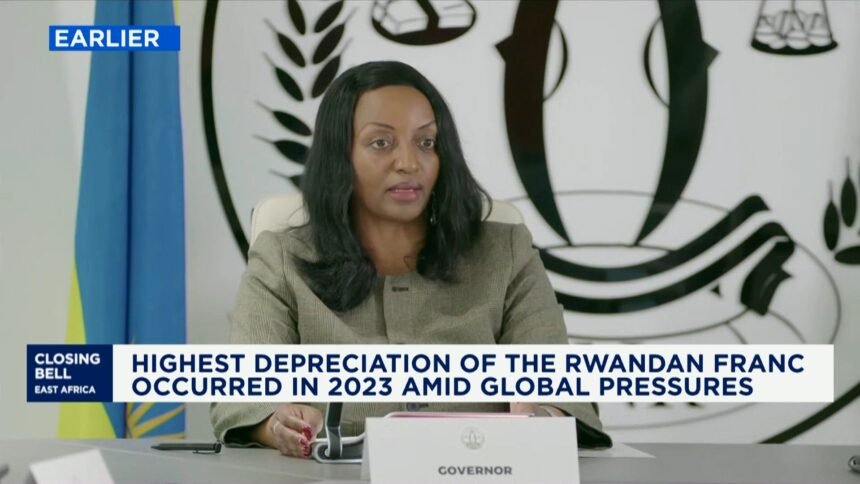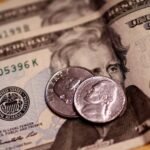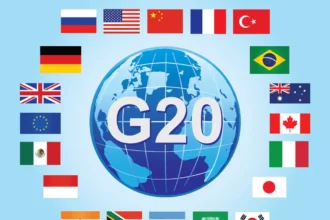Rwanda’s Central Bank Governor, Soraya Munyana Hakuziyaremye, conveyed a reassuring message about the prospective stability of the Rwandan Franc forecasted for 2026, despite prevailing global economic uncertainties. In a recent broadcast discussion, she elaborated on how the monetary policies instituted by Rwanda’s central bank are engineered to buffer the national currency against external downturns. The Governor underscored the currency depreciation seen in 2023, exacerbated by the economic turbulence following the Ukraine crisis in 2022 and the consequential rise in US Federal Reserve interest rates that significantly buoyed the dollar.
Investment-driven countries like Rwanda, Hakuziyaremye explained, inherently contend with structural trade deficits which, in turn, exert pressure on their national currencies against global leaders like the US dollar and other pivotal currencies. “Our past currency depreciation rates reflect these global dynamics. Yet, through strategic interventions, we’ve aimed to temper speculative activity influencing these fluctuations,” Hakuziyaremye commented.
To orchestrate this controlled stabilization, the Rwandan Central Bank has implemented sweeping reforms within the foreign exchange markets. Only entities operating within specified parameters can now conduct transactions in currencies other than the Rwandan Franc. This regulatory revision, finalized in May, delineates which sectors are legally approved to price goods and services in alternative currencies.
The Governor highlighted how these efforts have germinated tangible results, noting that there has been a noticeable stabilization of the Franc since January. “We’re observing a more balanced exchange dynamic this year, which affirms our policy measures,’’ she stated. Governor Hakuziyaremye also drew attention to current currency depreciation levels, which, as of September’s close, managed to settle at a mere 4%—undershooting the previously normative 5% range for the nation. This stability, she noted, is a reflection of strengthened economic fundamentals and steadfast trade mechanisms.
Professor Kasai, Chief of the Monetary Policy Department, has echoed these sentiments, explaining the broader ramifications of the US Fed’s influence waning globally. With the dollar softening, there lies a fertile ground for developing countries like Rwanda to trade more advantageously, reducing observed global currency constrictions.
Faced with rising fuel prices affecting inflation projections into 2025 and 2026, Rwanda’s currency stability blossom seems particularly timely. Progressive policies under this administration have forged a pathway anticipated to sustain the local markets’ health while maintaining responsible oversight over the foreign exchange landscape.
Governor Hakuziyaremye concludes with an optimistic note on the Rwandan economic vision, “Given our regulatory achievements and the insightful measures by the monetary policy board, Rwanda is positioned for fiscal resilience. While no one prefers depreciation, even in a developing economy, a steady currency backed by solid trade and regulatory practices harmonizes growth aspirations with the realities of economic globalization.”




















